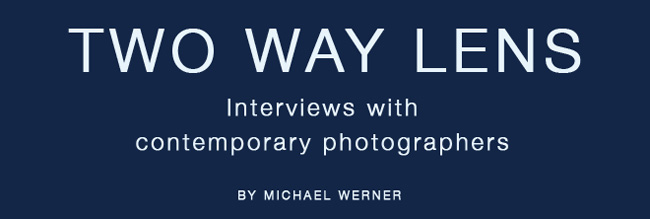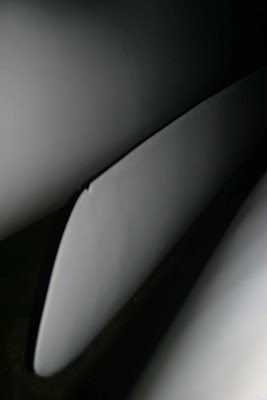MW
What inspired you to start taking photographs, and what is the primary inspiration for you to keep working in this field?
SH
My first steps as a photographer are inseparably connected with the, at that time, divided Berlin. I was a student in East Berlin and lived very close to the wall. Beyond all the social symbolism which the Wall had for me first of all it had the effect of being a very present, physical view blockage. There was something, something behind it, that I couldn’t see. So for me it was succinctly connected with the uncertainty about, and only vague idea of, what lay behind it. On the other hand, the Wall was also something abstract for me, a big installation, which because of its monotone surface and endlessness appeared to be a big contrast to the pulsating chaos of the capital city. This was so fascinating to me that I absolutely wanted to take photos of it. Because it was forbidden to take photos near the wall, it was only possible under difficult circumstances, but mostly it was not possible at all.
And so today I am engaged with the narrow edge between the real and the abstract, between recognisable and unrecognisable conditions, between the habitualness of viewing and visual irritations. Greyzones and walking close to the border are still interesting subjects for me, so also the boundaries of photography.
The amazing thing about this is that only these boundaries lead into the centre, they come to the point of photography, what its own and unique reality actually is. If photography isn’t about these questions and is only used as a vehicle to transport content or subjects, the photographer doesn’t meet its uniqueness or potential.
Beside these more conceptual questions it’s always about the approach to the perfect image. This is my driving force.
MW
In your opinion and experience, how can emerging photographers evaluate themselves as ready to start promoting their works and seek broader exposure for their photographs? What is one vital action you would recommend photographers undertake to find their audience, be included in exhibitions, and gain professional representation?
SH
From my point of view it is essential that photography itself - the making of images, the thinking about images and the viewing of images - is a basic need for the photographer. If you deal intensively with your own images, you quickly realize what is good and what is not going to stand up. A good image has to speak for itself and doesn’t need an explanation. If you still have the feeling that you have to enrich or support your own work with comments or explanations, this is a clear sign that the image does not speak for itself and isn’t ready yet. A good image burns into your mind so that even after you have seen many others, you don’t forget it, and even if you do, you would recognize it again immediately. This is of course the same for every gallerist and collector.
A second, essential point for finding your own position is uniqueness. The images have to have their own incommutable style.
In this context, I find the following quote from the German gallerist Gerd Judy Lübke most applicable: You always have to be searching for the stars and if you are good, the market will find you!
MW
How did it come about that you achieved the status of successful, professional photographer? What steps were involved in reaching your level of success?
SH
In retrospect, this is hard to answer. I think one thing lead to the next. For me, it was important that I certainly always believed in myself and in the power of my images. Besides this, it was certainly helpful that I sought out the first publications very early on. More important was that I looked for allies with whom I could reflect upon my own position and strengthen it.
 Stefan Heyne, Strasse / Street, 2004, 138 x 92cm / 54,33" x 36,22"
Stefan Heyne, Strasse / Street, 2004, 138 x 92cm / 54,33" x 36,22"










